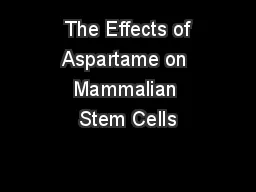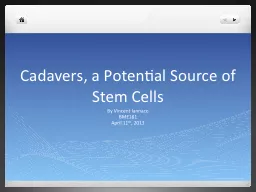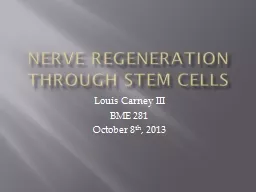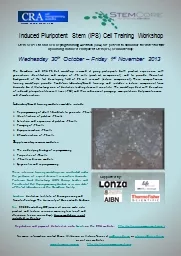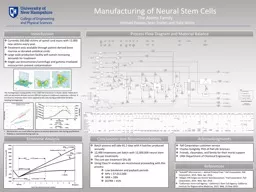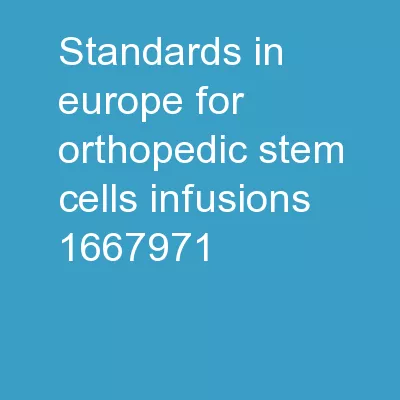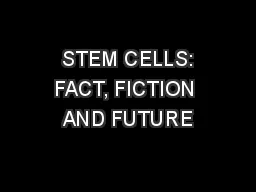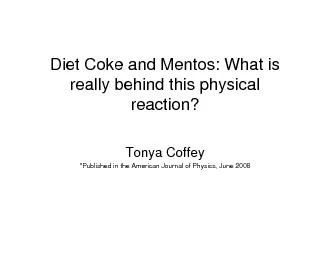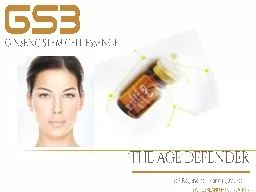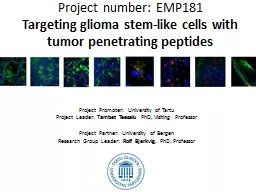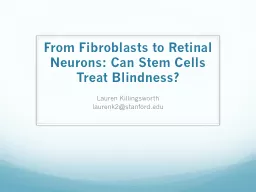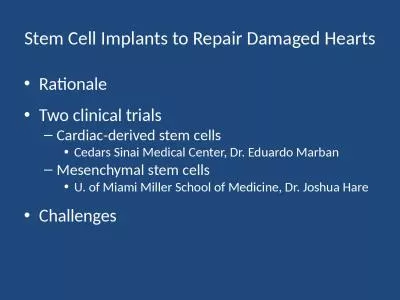PPT-The Effects of Aspartame on Mammalian Stem Cells
Author : tatyana-admore | Published Date : 2020-04-03
Luca Consalvi 9 th Grade Central Catholic High school What are Stem Cells Stem Cells are unspecialized cells capable of renewing themselves through cell division
Presentation Embed Code
Download Presentation
Download Presentation The PPT/PDF document " The Effects of Aspartame on Mammalian S..." is the property of its rightful owner. Permission is granted to download and print the materials on this website for personal, non-commercial use only, and to display it on your personal computer provided you do not modify the materials and that you retain all copyright notices contained in the materials. By downloading content from our website, you accept the terms of this agreement.
The Effects of Aspartame on Mammalian Stem Cells: Transcript
Download Rules Of Document
" The Effects of Aspartame on Mammalian Stem Cells"The content belongs to its owner. You may download and print it for personal use, without modification, and keep all copyright notices. By downloading, you agree to these terms.
Related Documents

